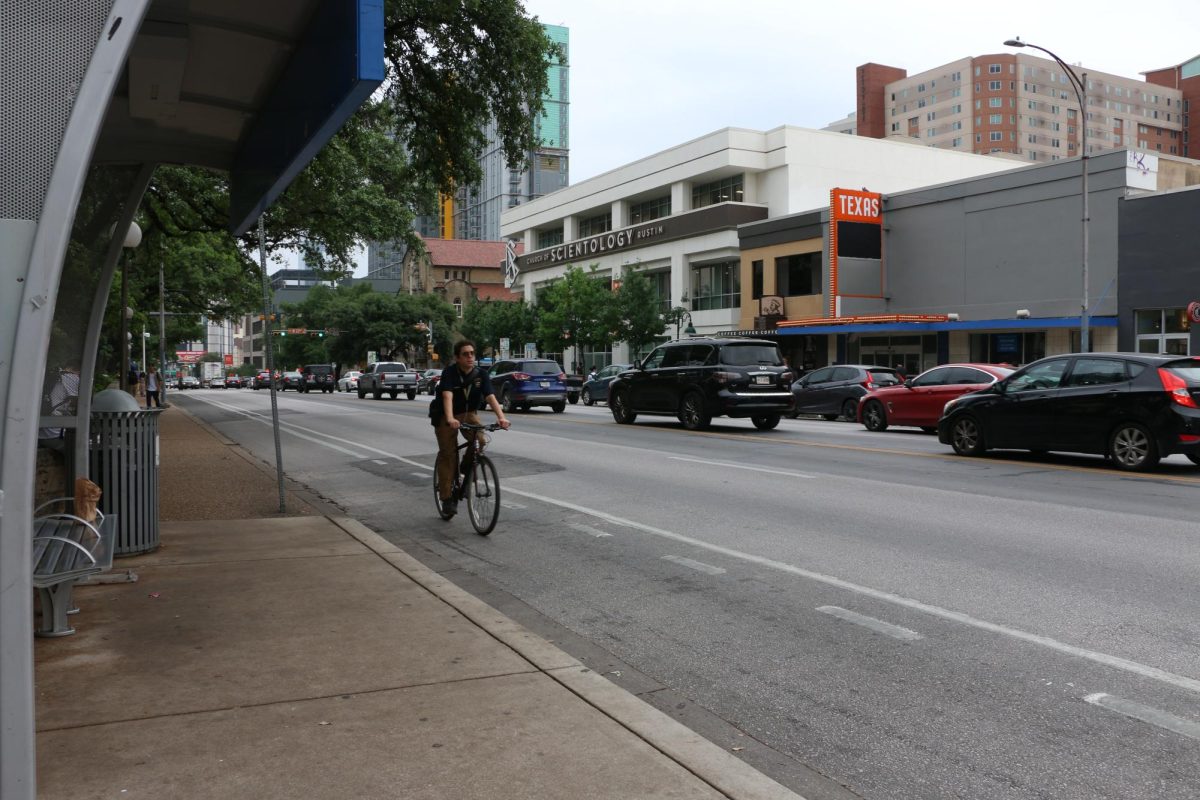The City of Austin’s music division allocated $750,000 in order to discover creative, affordable sound mitigation approaches for local outdoor music venues, said City of Austin’s music program manager Don Pitts.
The allocated funds are for the development of the Venue Assistance Program (VAP), which will help qualifying outdoor music establishments contain their sound levels, Pitts said. VAP will provide low-interest loans to fund sound technology and architectural solutions to qualifying outdoor music venues. He said the case studies estimated completion date is July 2012.
The city’s current sound ordinance states a music venue can produce up to 85 decibels, he said.
Although most venues are in compliance with the ordinance, nearby residents are still impacted by the loud noise from the outdoor music venues, Pitts said.
The city allocated $40,000 for VAP’s first case study at Cedar Street Courtyard, an outdoor music venue located in Fourth Street’s Warehouse District, Pitts said.
Cedar Street Courtyard corporate manager Jason Schnurr said the venue agreed to match the funds given by the city because the program is an attempt to bring together music venues and nearby businesses and residences to address the problem of loud noise.
“Noise complaints become prohibitive when running a business,” Schnurr said. “As new residential towers get constructed, the complaints are rising.”
The technologies tested at Cedar Street Courtyard will lay the groundwork for case studies at other local music venues, Schnurr said.
Pitts said in order to be considered for a case study, a music venue must be in compliance with the sound ordinance, generate noise complaints from nearby residents and hold its lease for a certain number of years. Schnurr said the music venue must have at least 100 noise complaints to be considered by VAP.
Public relations sophomore Elizabeth Fleet lives near the downtown Austin area and said she thinks VAP will bring positive change.
“It’s a good thing for the residents living closer to the downtown area,” Fleet said. “The loud music sometimes distracts me from sleeping or studying.”
Government sophomore Payton Mogford said he thinks a sound limit could be a bad idea because the music industry and Sixth Street are major aspects of Austin’s economy.
“If we took the loud music aspect away, Sixth Street would not be the same, making Austin a little bit less weird,” Mogford said. “If downtown residents complain, they should have thought about loud noise before choosing to live there.”
Pitts said other bars that are in compliance with the sound ordinance but are receiving citizen complaints, are potential future case studies after Cedar Park Street Courtyard.
“The best sound mitigation is common sense, being aware of your neighbors, booking appropriate acts and taking a proactive approach such as hiring an acoustical consultant, taming hard reflective surfaces and using optimum speaker placement and design,” Pitts said.
Printed on Friday, April 27, 2012 as: Austin conducts case studies in reply to noise complaints




















